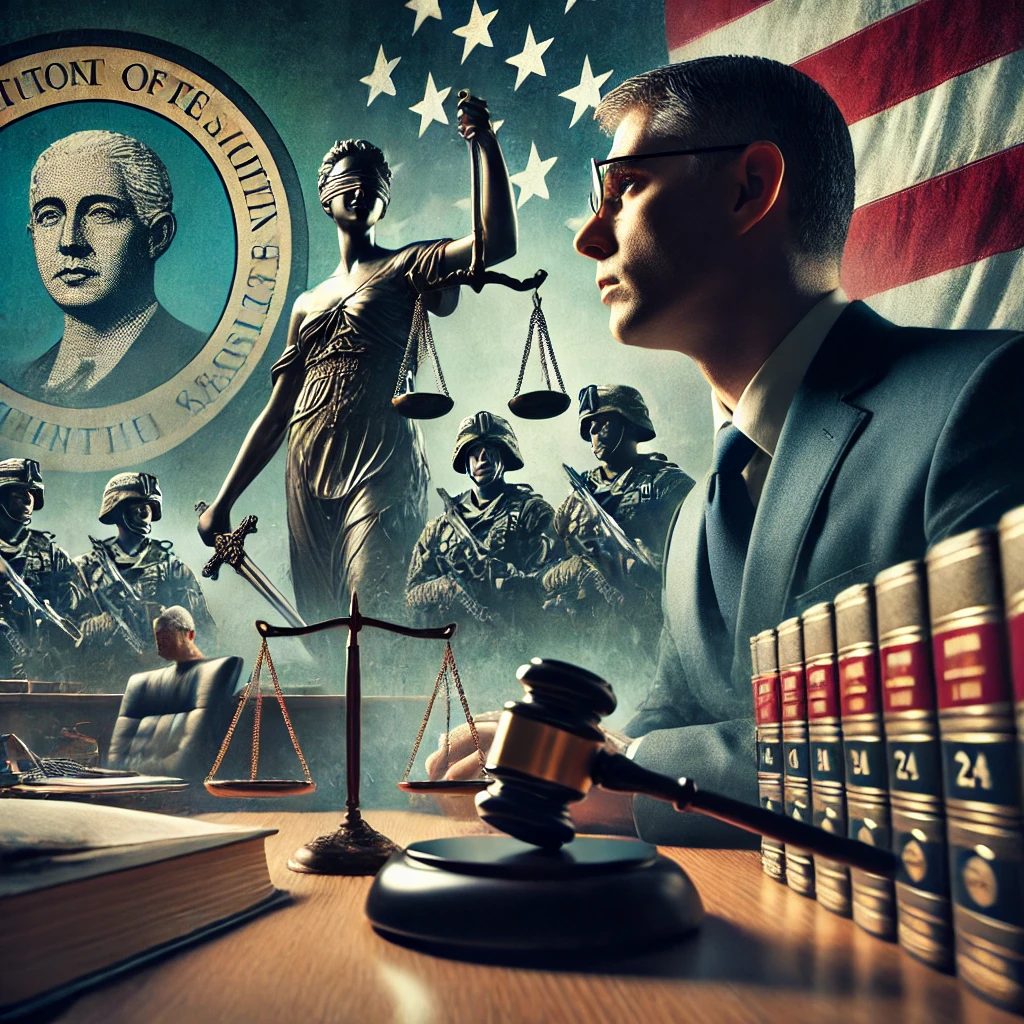What Crimes Were Committed in A Few Good Men? A Washington Law Analysis
A Few Good Men is a courtroom drama that raises powerful questions about duty, honor, and justice. But when viewed through the lens of Washington State law, the story also involves a number of serious criminal offenses. This article breaks down the A Few Good Men crimes under Washington law, including manslaughter, conspiracy, assault, obstruction of justice, and perjury.
The Death of Private Santiago: Manslaughter Under Washington Law
The central event of the film is the death of Private William Santiago during a violent hazing incident known as a “Code Red.” Under Washington law, this would likely be charged as manslaughter in the first degree under RCW 9A.32.060, defined as recklessly causing the death of another person.
Dawson and Downey did not intend to kill Santiago, but their actions created a substantial risk of death. In Washington, reckless conduct that results in death can still bring serious felony charges, even without intent to kill.
Conspiracy to Commit a Crime: RCW 9A.28.040
The order to carry out the Code Red came from higher up the chain of command. Under RCW 9A.28.040, conspiracy to commit a crime occurs when two or more people agree to engage in criminal conduct and take an overt act toward completing that crime.
In this case, the conspiracy would be tied to the assault that led to Santiago’s death. Officers who gave that order or knowingly allowed it to proceed could face criminal conspiracy charges under Washington law.
Assault Charges for the “Code Red”
Physically attacking Santiago—whether or not it was meant to cause death—would constitute assault in the second degree under RCW 9A.36.021. This includes assault that causes substantial bodily harm or involves choking—both of which apply to the film’s facts.
Washington law does not provide a defense of “following orders” when committing assault. Any act of violence against another person can lead to serious felony charges.
Obstruction of Justice and the Chain of Command
In the film, higher-ranking officers attempt to cover up the Code Red incident. This would fall under obstruction of justice, including conduct like:
- Tampering with evidence
- Lying to investigators
- Influencing witness testimony
In Washington, these actions may be charged under RCW 9A.72.090 for rendering criminal assistance or under obstructing a law enforcement officer RCW 9A.76.020.
Perjury in Testimony: False Statements Under Oath
Colonel Jessup’s famous line—“You can’t handle the truth!”—comes during a testimony in which he lies under oath about ordering the Code Red. In Washington, lying under oath constitutes perjury in the first degree under RCW 9A.72.020, a Class B felony.
False swearing in an official proceeding is taken seriously, especially when it impedes justice in a homicide investigation.
Would the Verdict Be the Same in Washington?
In A Few Good Men, the jury finds Dawson and Downey guilty of “conduct unbecoming” but not murder. In Washington, they would likely be convicted of first-degree manslaughter and second-degree assault. Higher-ranking officers who encouraged or covered up the attack could face additional charges for conspiracy, obstruction, and perjury.
📞 Need Help with a Criminal Case in Washington?
If you or someone you know has been accused of a crime or injured due to someone else’s negligence, don’t face it alone. Call Blanford Law at (253) 720-9304 or email ken@blanfordlaw.com for trusted, experienced legal representation.

Additional Resources
⚖️ Legal Analysis & Washington Criminal Law
- Understanding RCW 9A.32.060 – Manslaughter in the First Degree
- Understanding RCW 9A.28.040 – Criminal Conspiracy Laws in Washington
- Understanding RCW 9A.72.020 – Perjury in the First Degree
- RCW 9A.36.021 – Assault in the Second Degree
- RCW 9A.76.020 – Obstructing a Law Enforcement Officer
- Understanding Washington State’s Evidence Rule 603 – Oath and Affirmation in Court Testimonies
